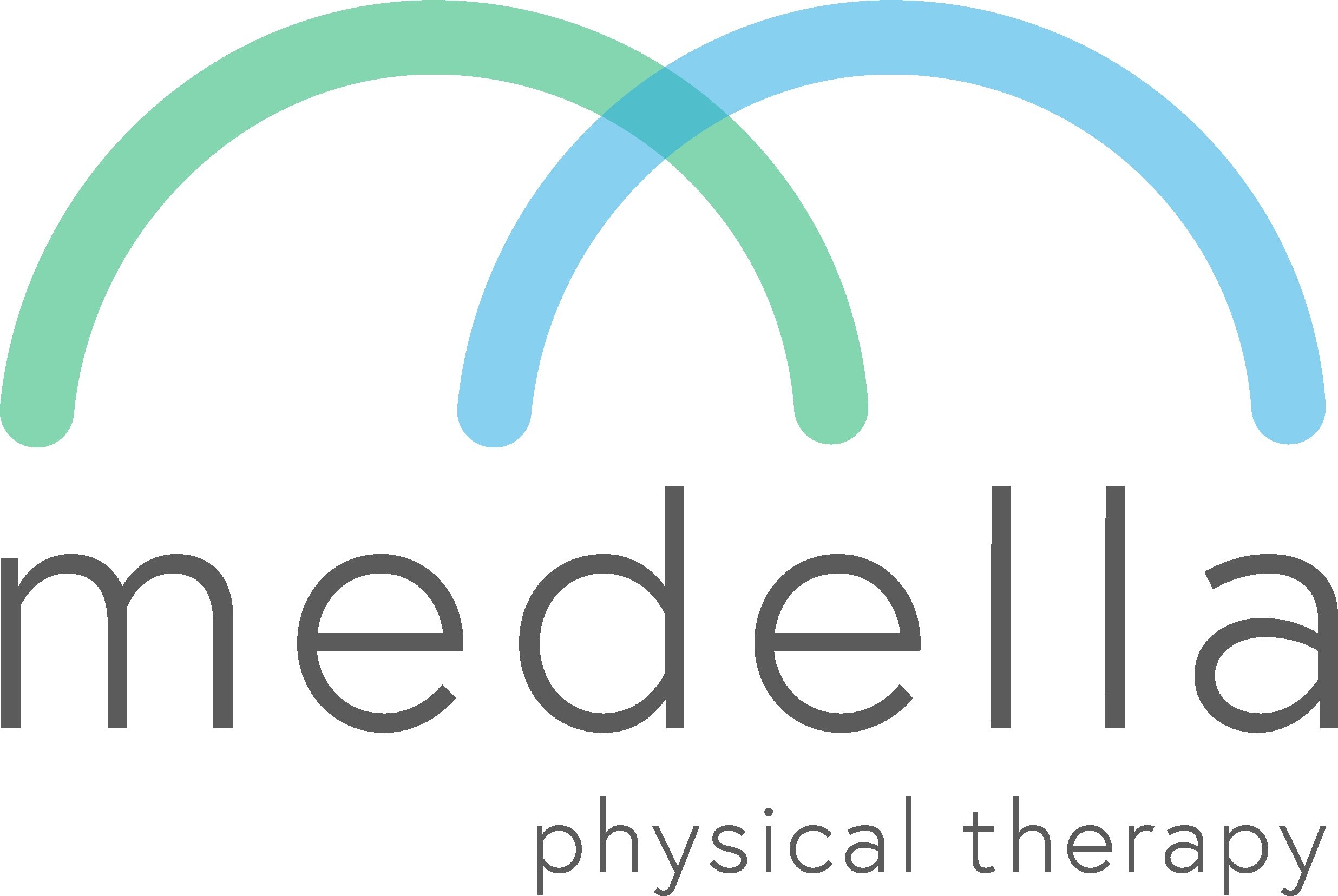Low Back Pain: Quick Tips for Pain Relief
The most common complaint I hear in the clinic is low back pain. A patient is living a normal life when suddenly they experience sudden onset low back pain. It can be scary, frustrating, and honestly, who has time to be down with back pain?! And it never fails to happen on a Friday night. Your doctor’s office (and most importantly your physical therapist’s office) is closed.
I have FIVE quick tips that I always share for low back pain. These might not take away your pain completely but they can get you headed in the right direction and doing something productive until you can connect with your primary care physician or your physical therapist.
1. Diaphragm breathing
If you’re not familiar with this, place one hand on your lower abdomen and the other on your chest. Take a deep breath in. The hand on your abdomen should rise and fall with each breath (belly should rise with the inhale and lower with the exhale). The hand on your chest shouldn’t rise much at all. This will create abdominal movement helping to alleviate tension along your hip flexors and muscles that run along your spine.
2. HYDRATE HYDRATE HYDRATE!!!
Sometimes low back pain can occur due to a muscle spasm from dehydrated tissue. One way to alleviate this is to increase your fluid intake. This will also help your body with eliminating inflammation.
3. Electrolytes
Given the assumed dehydrated state of your cells, adding electrolytes can do more then simply increase fluid intake. You can do that through an Epsom salt soak or by adding electrolytes to your drinking water. You can add 1 cup of Epsom salt in a bath and soak your feet for 15-20 minutes or you can also add an electrolyte packet to your water!
4. Find pain-free positioning
This might seem obvious but don’t underestimate the use of pillows when it comes to positioning. Which position is most comfortable; lying on your back, sitting, side-lying, or maybe standing feels best? If you can find a non-weight bearing position that’s comfortable (sitting or lying down) try to support your extremities in that position.
5. Pain-free movement and exercises focused on mobility
Movement is probably the last thing you want to do when in pain so think small movements. Maybe standing feels best so try weight shifting side to side or if lying down is least painful try flattening your back into the floor or bed and then arching your back to create movement at the spine. You can also try some gentle knee to chest stretches. Avoid holding a stretch for more than a few seconds. The goal is gentle stretching! Finding movements that don’t hurt can reduce your body’s pain response and help with decreasing muscle spasms.
6. Ice or heat, which is best?
In all honesty, use whichever relieves your pain the most. Yes, ice is used to control swelling and most find that to be pain relieving but if you’re cold intolerant and prefer a hot pack that is totally okay! The goal is to bring your pain level down so your body can relax and healing can occur.
Remember, these tips are just meant to get you started in the right direction. If you happen to find yourself in need during normal business hours please call your physical therapist first or your doctor!
